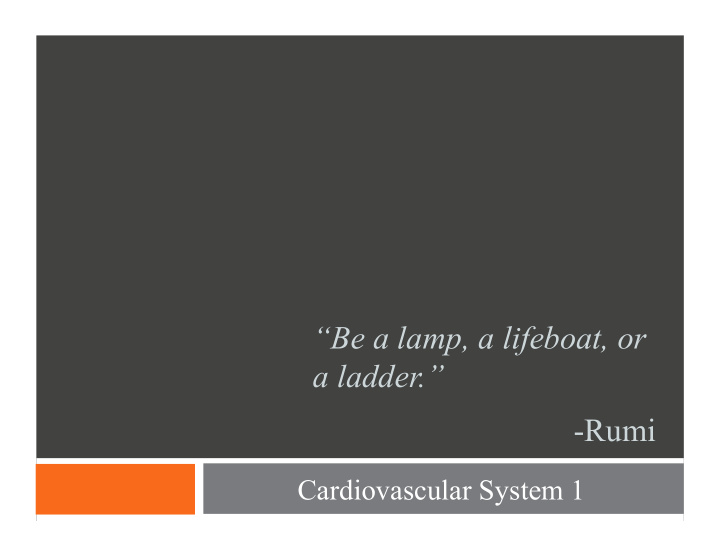



Arteries Ascending aorta Very large artery that begins at the left ventricle and travels superiorly.
Arteries Descending aorta Very large artery that is a continuation of the ascending aorta that branches off and travels inferiorly.
Arteries Common carotid arteries Two arteries located in the throat. Right Carotid Artery Left Carotid Artery
Arteries Pulse Expansion effect of arteries that occurs when the left ventricle contracts and produces a wave of blood that surges through and expands arterial walls.
Capillaries Capillary Vessel between an arteriole and a venule. Possesses a thin, permeable membrane for efficient gas exchange with tissues.
Capillaries Microcirculation Flow of blood through a capillary bed .
Veins Vein Vessel that carries blood toward the heart. Venules Small-sized vein that connects with capillaries.
Veins Superior vena cava Very large vein that empties blood from the head and arms into the right atrium.
Veins Inferior vena cava Very large vein that empties blood from the abdomen into the right atrium.
Veins Jugular Vein in the throat that drains blood from the face, head, neck, and brain.
Veins Avascular Lacking blood vessels.
Venous Return
Venous Return Venous return Veins return blood to the heart passively. Venomotor tone Skeletal muscle pump Respiratory pump
Venous Return Venomotor tone Changes in smooth muscle tone in the walls of veins can increase or decrease venous circulation.
Venous Return Skeletal muscle pump Skeletal muscle contract and squeeze venous walls which moves blood toward the heart.
Venous Return Respiratory pump Pressure changes in the thorax and abdomen caused by skeletal muscular contractions of breathing muscles that act as a mechanism to assist venous return.
Blood Pressure Systolic pressure Diastolic pressure High blood pressure Average blood pressure Low blood pressure
Blood Pressure Blood pressure Pressure exerted by blood on the blood vessel walls. Systolic pressure Maximal pressure in blood pressure measurement. Occurs when the left ventricle contracts. Diastolic pressure Lowest pressure in blood pressure measurement. Occurs when the left ventricle relaxes.
Blood Pressure High blood pressure Persistently more than 140/90 mm Hg. AKA: hypertension. Average blood pressure 120/80 mm Hg. Low blood pressure Persistently less than 90/60 mm Hg. AKA: hypotension
Paths of Circulation Pulmonary circuit Systemic circuit Microcirculation
Paths of Circulation Pulmonary circuit Circuit that brings de-oxygenated blood from the right ventricle of the heart to the lungs to release carbon dioxide and regain oxygen, then transports the oxygenated blood to the left atrium.
Paths of Circulation Systemic circuit Circuit that brings oxygenated blood from the left ventricle of the heart through numerous arteries into the capillaries, then moves it through the veins and returns the now de-oxygenated blood to the right atrium of the heart.
Paths of Circulation Systemic Circuit 1. Left ventricle 2. Aortic semilunar valve 3. Aorta 4. Ascending and descending aortae 5. Arteries 6. Arterioles 7. Capillaries 8. Venules 9. Veins 10. Inferior and superior venae cavae 11. Right atrium
Paths of Circulation Microcirculation Flow of blood through a capillary bed .
“Be a lamp, a lifeboat, or a ladder.” -Rumi Cardiovascular System 2
“When an ordinary man attains knowledge, he becomes a sage. When a sage attains knowledge, he becomes an ordinary man.” -Zen saying Lymphatic System and Immunity
Recommend
More recommend